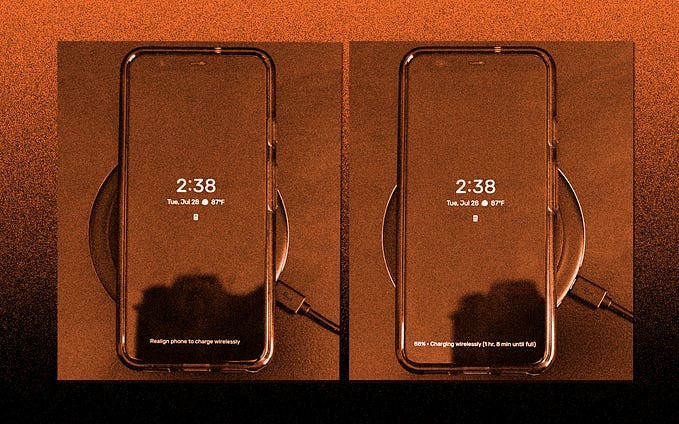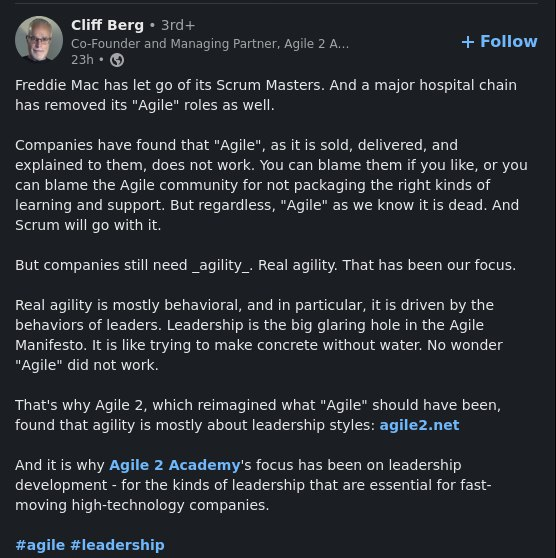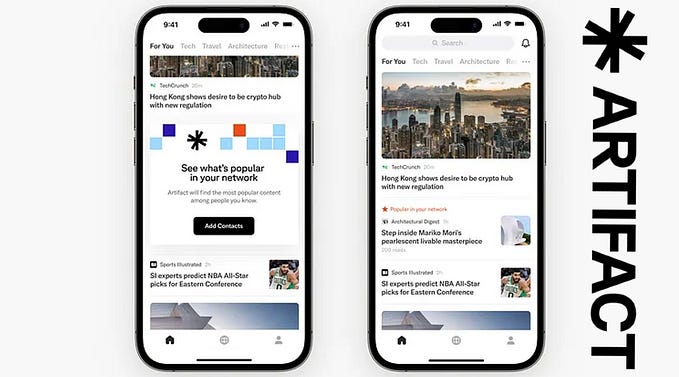Source : Internet
Your Next Laptop Will Probably Come With a Contract and Data Plan
And you’ll buy it from a company like Verizon

 We’re used to always-on connections with our phones, but with laptops, most of us are still tied down to Wi-Fi hotspots or smartphone tethering. While 4G laptops exist, many people who buy them never activate cell service. Verizon data plans start at $20 for a measly 2GB of data. Spending extra on a limited data plan when the network isn’t much faster than most widely available Wi-Fi is a hard sell.
We’re used to always-on connections with our phones, but with laptops, most of us are still tied down to Wi-Fi hotspots or smartphone tethering. While 4G laptops exist, many people who buy them never activate cell service. Verizon data plans start at $20 for a measly 2GB of data. Spending extra on a limited data plan when the network isn’t much faster than most widely available Wi-Fi is a hard sell.
But 5G promises faster download speeds over the air than most people get at home, and once it is ubiquitous, it could free the laptop from Wi-Fi. Why spend the effort to get on the Starbucks Wi-Fi that gets 10 or 20 Mbps when a 5G connection could get 1000 Mbps?
Computer makers like Lenovo, which last week unveiled the 5G laptop that will be the first sold in stores this spring, are betting that consumers will opt to keep their laptops connected to 5G all the time. That’s a big opportunity for Lenovo, but it’s an even bigger opportunity for cell phone carriers.
For carriers, which have to continually upgrade their networks to stay competitive, nothing is more valuable than a committed customer. This is why they have tried every trick in the book to keep customers on their network and prevent them from switching, including carrier-specific versions of a phone that couldn’t be used on other networks and the infamous two-year contracts that used to be common at every carrier. Carriers even resorted to selling phones that could technically be used on other carriers, but came with a software lock that prevented customers from switching without the carriers’ permission. This practice was eventually outlawed, although the FCC still allows a temporary 60-day lock.
Two-year contracts, in which customers would receive a “free” or reduced price phone in exchange for a commitment to stay with the company, were carriers’ greatest weapon. Until they weren’t. As smartphone prices started to skyrocket, carriers had to eat more and more of the hardware cost, cutting into their profits. Eventually, carriers switched to their current model: Phone buyers would pay a monthly fee for the device — usually the full cost of the device divided by 24 — and stick with…
Create an account to read the full story.
The author made this story available to Medium members only.
If you’re new to Medium, create a new account to read this story on us.
Eric Ravenscraft is a freelance writer from Atlanta covering tech, media, and geek culture for Medium, The New York Times, and more.










No comments:
Post a Comment